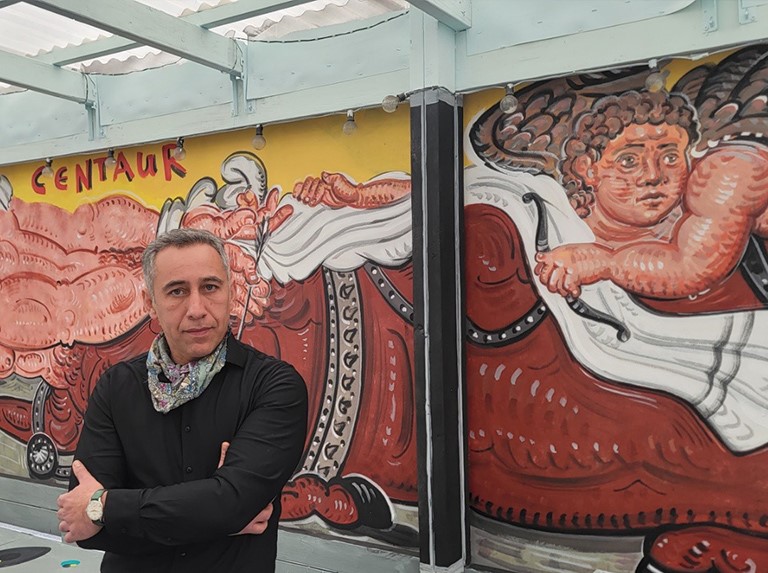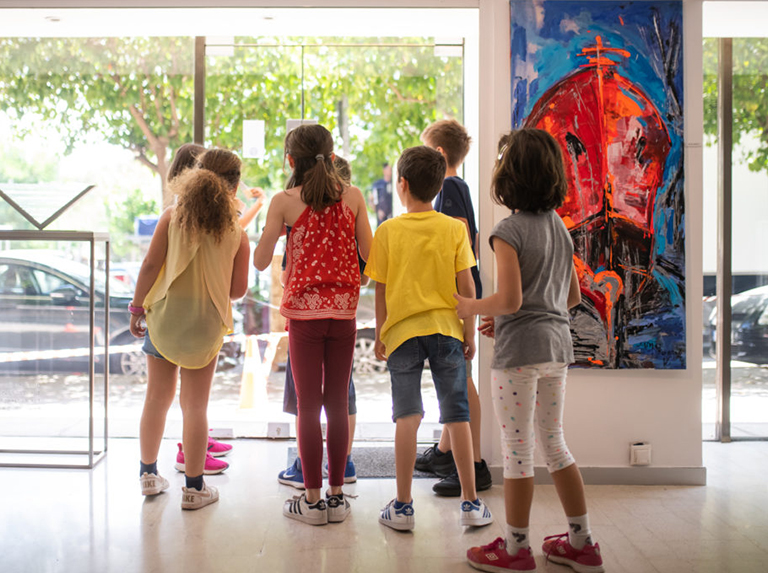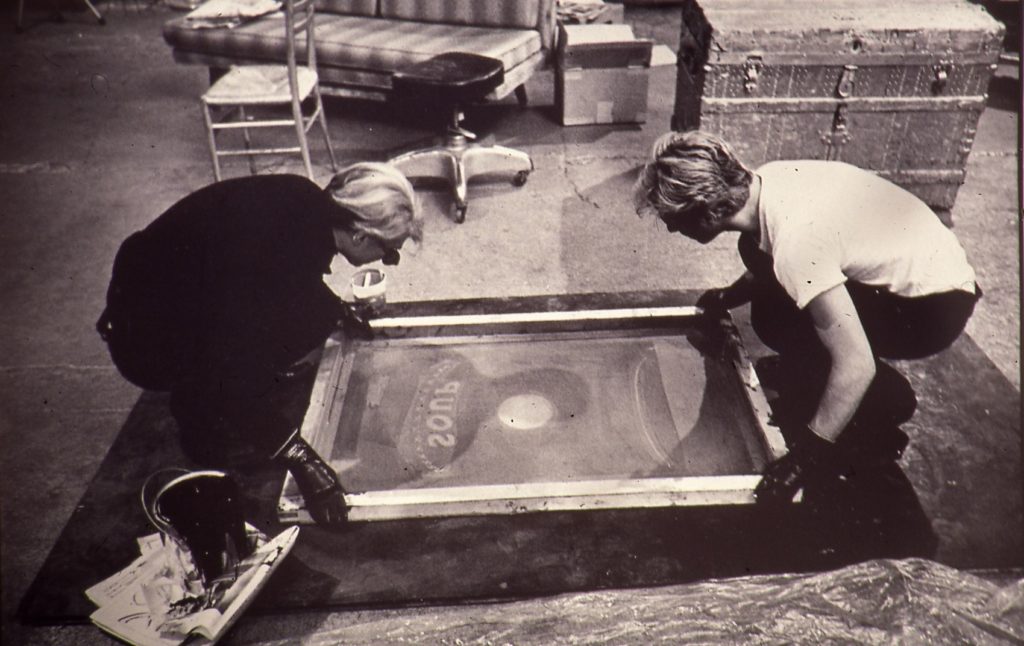Animals in Art
Great artists have always rejected the idea that human beings should live at the expense of other species. Artistic creation should always serve an ideal – unless, of course, it serves the purpose of earning a living. Art should be the expression of an inner need, it should create a comforting kind of magic, reflecting mankind’s majesty, as well as its humility. Scholars, thinkers and philosophers have relentlessly searched throughout human history, seeking the origins and goals of artistic expression. Artists, on the other hand, focus on their own passions, on whatever makes an impression on them, things which seem threatening, or things which drive them mad. Earlier poets, sculptors and painters explored human emotions, along with animal instincts. They glorified nature in its wildest form, its colors and creations – both beautiful and ugly, free from human interventions. To them, all creatures were equal. They opened themselves to their surrounding environment, rushing like schoolchildren towards anything that dazzled their eyes or warmed their hearts.
As time went by, our values changed, our thought progressed, our egotism flourished and artistic expression reduced nature into a decorative role, highlighting the role of Man. Man seemed to possess a prominent position among animals, nature and the gods themselves. Artistic composition was divided into primary and decorative elements. Yet, primeval art had no interest in kings, nobles or peasants. It depicted bisons, monstrous and godly. Art history proves that animals hold a prominent position among artistic themes, whether they are running free, accompanying their master, implying a certain emotional state, symbolizing a deity, or even representing life and death itself.
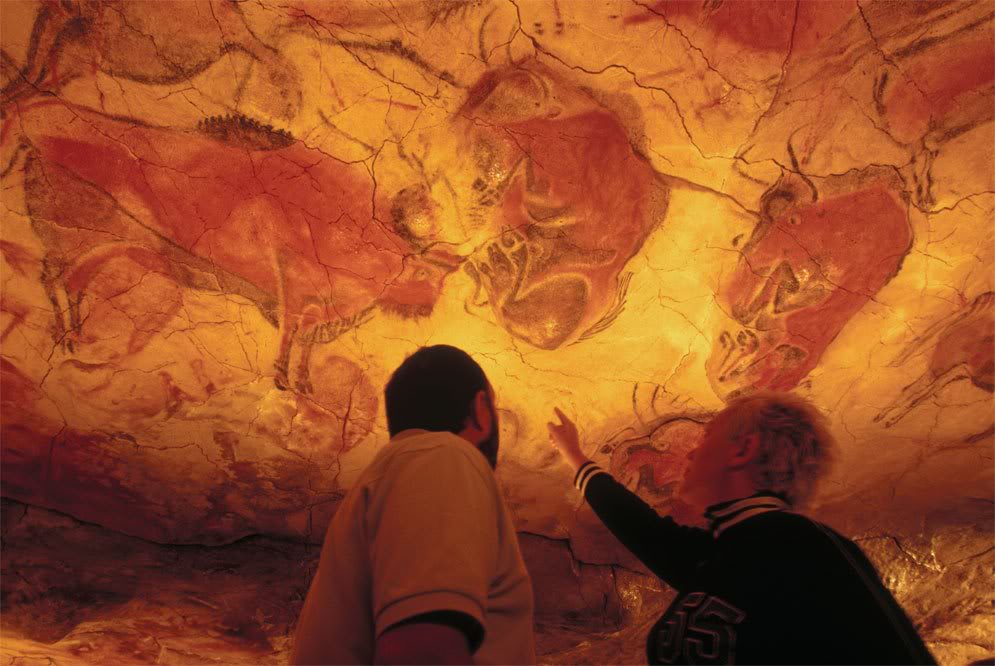
During the Stone Age, people carved their caves with images of bisons and other wild mammals which were hunted down as food, along with scenes of everyday life. Those images were an acknowledgement of their own good fortune and an homage to the animals’ strength and magnificence, or maybe they just wanted to be remembered among their tribe for their hunting skills.

The ancient Egyptians took animal worship even further, as proven by the images of their animal-headed deities. Egypt is full of sculptures and paintings of the jackal-headed god Anubis and the cat-headed goddess Bastet – sometimes in simple, linear form and sometimes decorated with rich, animal details. It was a time when god was animal and animal was god. Jackals and cats walked among men, bringing them Anubis’ and Bastet’s wisdom and magic.

Animals are also prominent in ancient Greek mythology, as well as in some tales of Christian tradition. In ancient Crete, Taurus, the male bull, was honored in special festivals, known as tavrokathapsia or ‘bull leaping’. The goddess Diana was always followed by a deer, her personal assistant, while Zeus had an eagle as his symbol of power. Zeus and Hera used to transform disrespectful people into all kinds of animals, also using animal forms to serve their purpose – like, for instance, when Zeus took on the form of a bull in order to woo Europe, or when he changed Io into a cow in order to save her from Hera’s wrath. The ancient Greek gods honored and respected animals, they didn’t think that their form was beneath them, often using it to protect their loved ones, to pursue a lover or to address a delicate situation.

Primitive cultures from all around the world combine human with animal features, symbolizing the bond between Man and nature. During the Middle Ages, animals were depicted as mythical monsters. Artists depicted animals in different ways. People came in daily contact with animal-like monsters found in books and paintings. As Alice Choyke, Professor of Medieval Studies, points out: “During the Middle Ages, animals were multi-symbolic creatures. Depending on the area, the person who used them and the purpose they were being used for, they could take on many forms, colors and meanings. Animals were elusive, they could either be good or bad, while it wasn’t always easy to tell animal from man.” (1)

Whether realistic depictions of figments of imagination, animals had a very prominent place during the Middle Ages. Animal-decorated jewels, religious illustrations which added to a book’s holy character, as well as various daily objects bearing animal depictions which added a humorous or magical touch to the lifeless material.
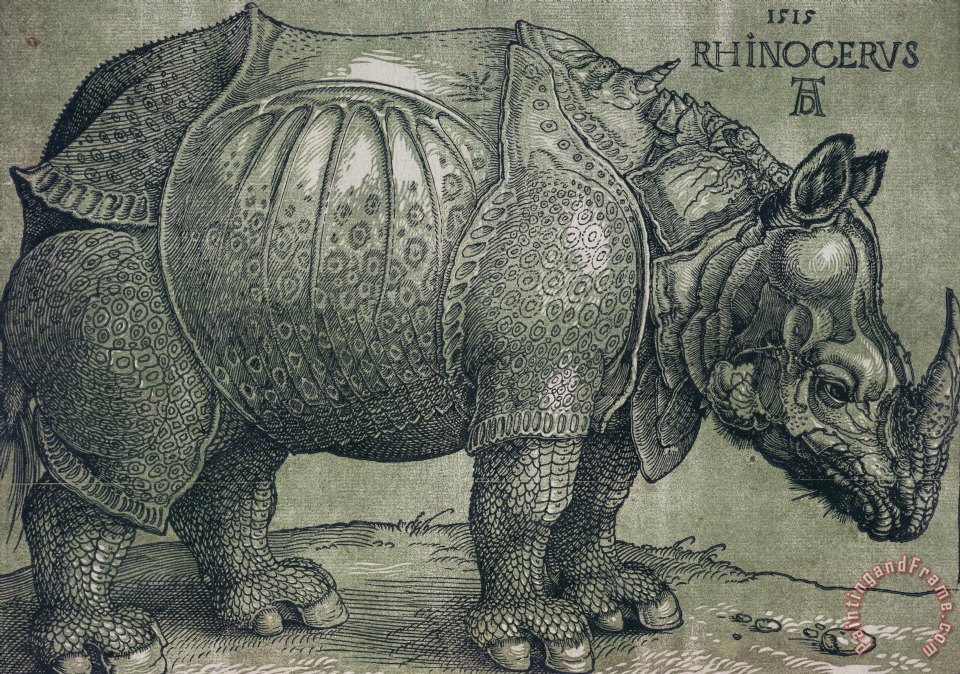
During the early Renaissance of the 15 th century, many important painters took great interest in the animal kingdom. Unlike medieval monsters which served all kinds of prejudices, these artists brought to the forefront the innocence in animals. Albrecht Durrer (1471-1528) studied painting under his father’s instructions, showing animals the respect they deserved.
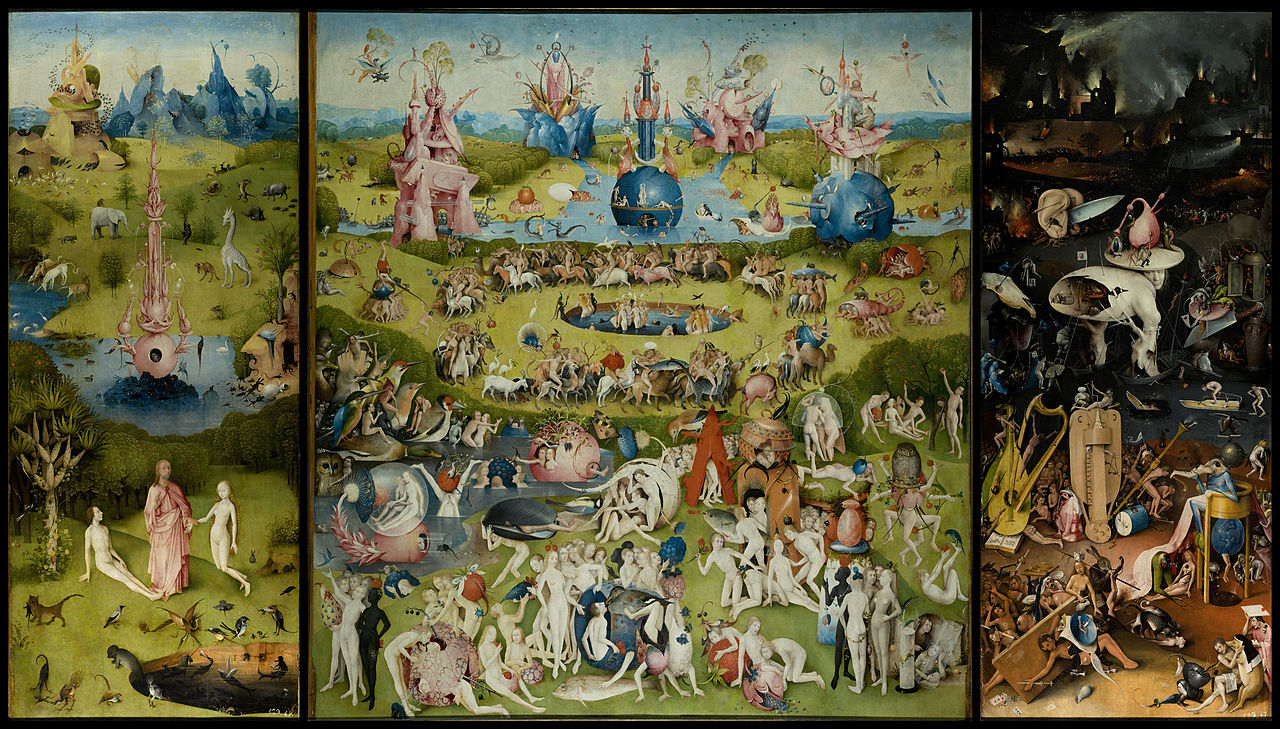
Hieronymus Bosch, with his fantastic, benign creatures – dragons, fish, gigantic birds, harmless monsters – which were later to be acknowledged as heralds of the great surrealistic works of the 20 th century.
During the Renaissance period, animal depictions didn’t usually represent supernatural features or traits. Artists used them in order to bring a mythological or religious element into their composition. Each animal could have various meanings. The Renaissance era would bring light into the dark connotations attributed to animals in the past. As Edgar Bowron underlines in his paper under the title ‘Dogs: Renaissance art’: “During the Renaissance period, dogs were everywhere, pushing carts, making unexpected appearances, contrary to wild animals, never to be seen in paintings.” (2) Birds also make often appearances as symbols of sacrifice and rebirth, of life and death. As time went by, animals started having a more realistic presence in paintings, sometimes using earlier symbolisms, but always having a leading role, expressing power, fear, awe, sacrifice, wisdom, archetypes serving their creator’s purpose. It is a period when animals are often sidelined, glorified or mistreated according to man’s incentives, questions and impulses.
What will become of them in the future, it still remains to be seen. One thing is for certain: their ability to connect to the holiest and most sinful aspects of human existence, bringing it into the light. Lost in thoughts of Dublin, evolution, my own cat and art itself, I come to the conclusion that art and animals have a healing effect. They create spiritual bonds and processes which sustain humanity in different ways. They are sacred in that they prevent our fall and exult our moments.
Maria Myl
(1) ceu.edu
Animals as Disguised Symbols in Renaissance Art – Cohen
Article’s image: lifewithcats.tv
- SHARE
